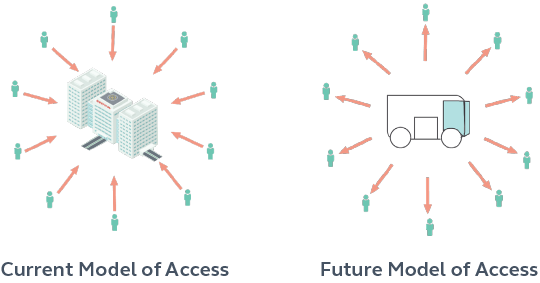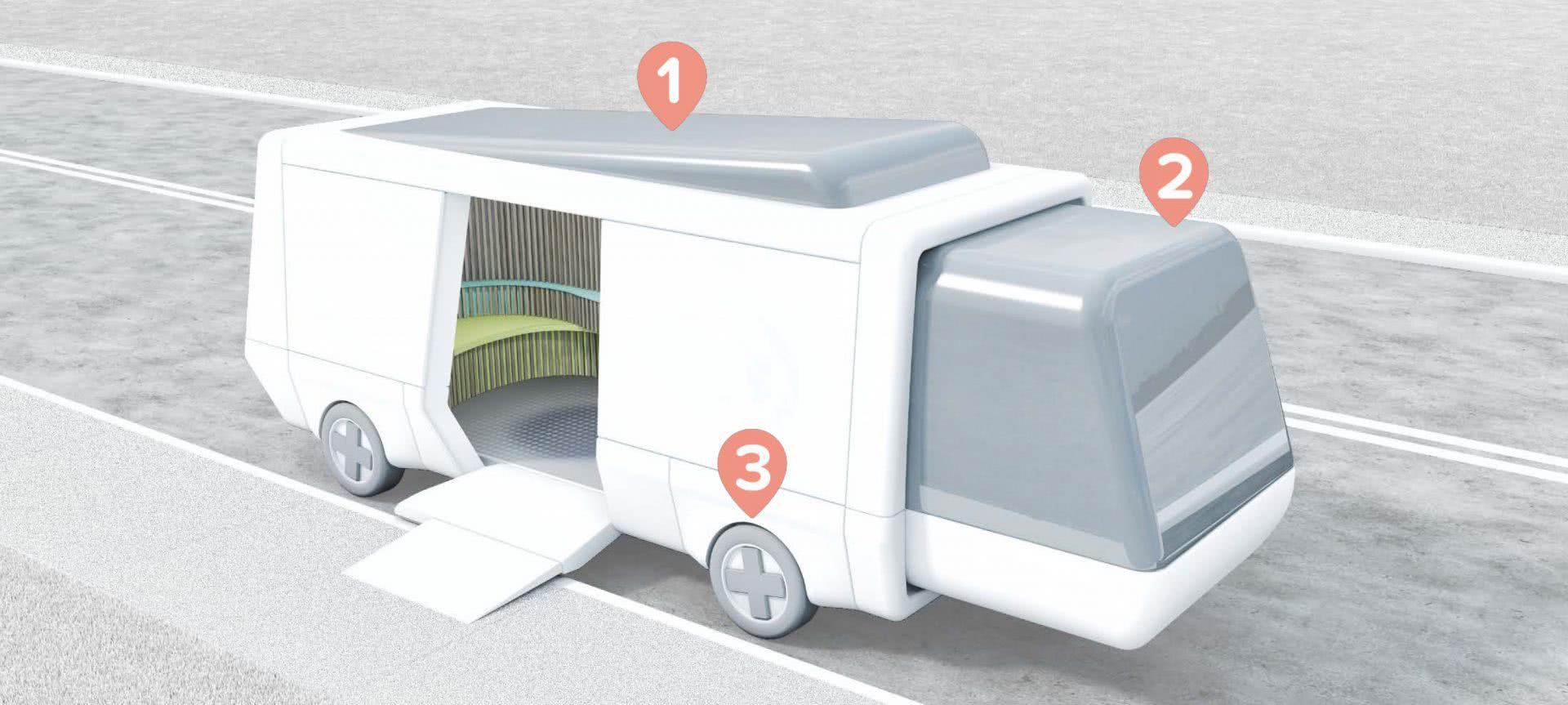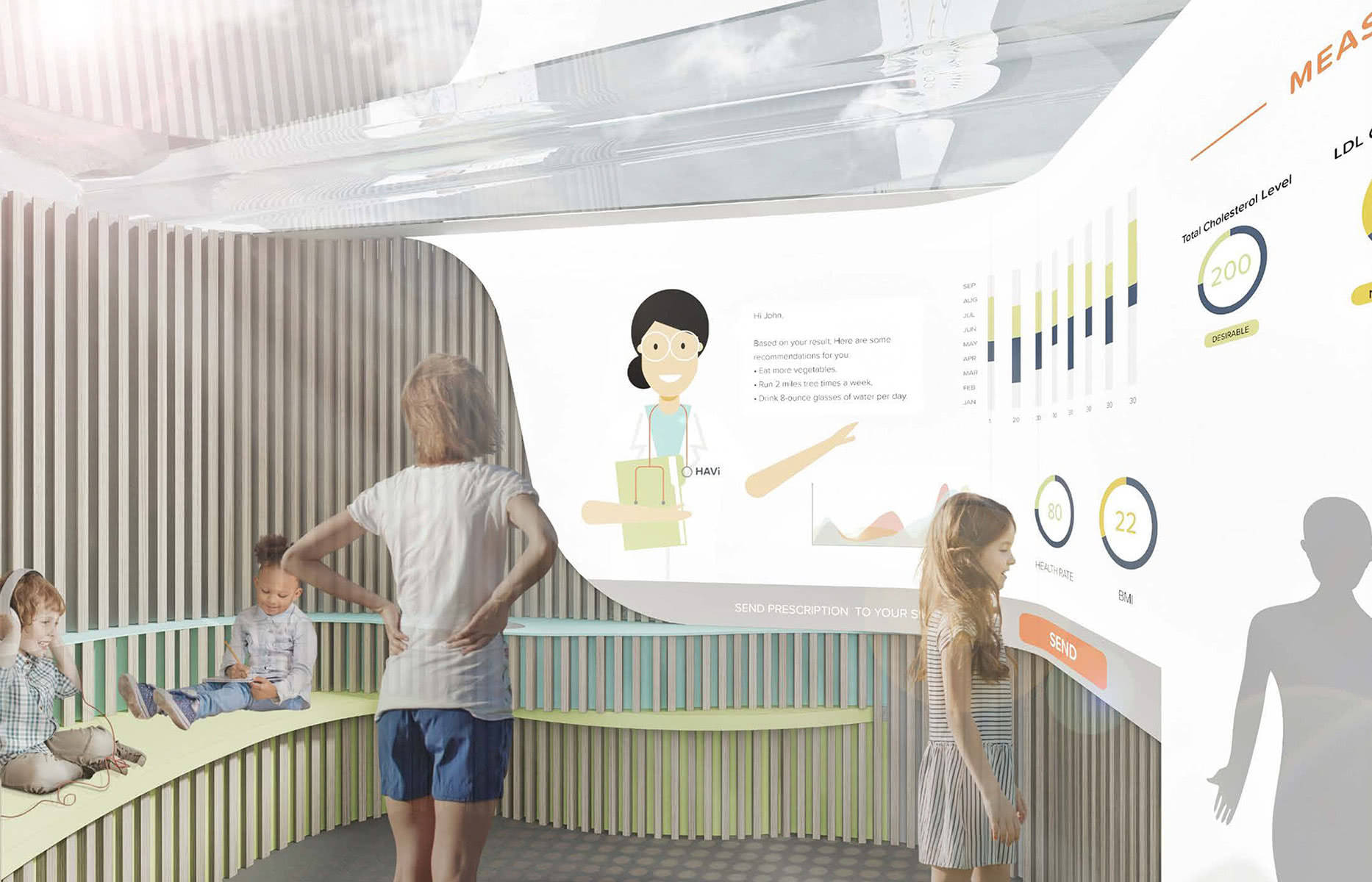
A Vehicle for Change
Mark Palmer explores the use of autonomous vehicles to close major gaps in the American healthcare system.
It’s estimated that 62 million Americans have no or inadequate access to primary care, but the rise of autonomous vehicles (AVs) could change that.
Healthcare in America has a longstanding relationship with vehicles and the mobility they offer to consumers and providers alike. At the turn of the 20th century, house calls were the norm–in the 1930s they accounted for 40% of doctor-patient visits. However, the post-war economic boom led to a drastic increase in personal vehicle ownership. This mobility revolution not only shaped the physical landscape we know today but also changed the way Americans accessed healthcare. Instead of doctors visiting patients in their home, it became the consumer’s responsibility to travel to larger, more centralized facilities. While still technically a service, healthcare became a destination.
But this relationship between healthcare and vehicles is on the verge of disruption again.
Shapeshifters
Consumers today are more educated and empowered than ever before. Sophisticated Baby Boomers and savvy Millennials alike are seeking out care on their own terms. This shift from mass-market, centralized healthcare delivery to a more personalized, on-demand model has providers searching for new ways to re-engage the consumer.

This shift is already evident in several healthcare trends happening now. We see it in the proliferation of outpatient clinics and urgent care facilities in retail settings. Micro-hospitals are popping up in rural communities as a rebuttal to large magnet hospitals that are miles away. And we see it in the increase of tele and virtual medicine where patients can access healthcare professionals from anywhere via their personal devices. Healthcare – long the center of gravitational force – is reaching back out.
Healthcare on Wheels
As healthcare systems start to move toward localized and smaller facilities, autonomous vehicles offer providers a new opportunity to directly reach consumers in novel, meaningful and efficient ways. A range of services from basic wellness to specialty care is now open to disruption and could be remodeled and improved by adding AVs to healthcare provider resources.
Specifically, services that don’t require a human counterpart are well-suited for AVs: prescription delivery, virtual screenings, simple vaccinations, and medical supply delivery to support first responders and rural locations. Why should a patient drive to a pharmacy location when a vehicle could deliver their medication directly to them? If rural farm workers are employed too far from primary care providers, why couldn’t a mobile wellness platform equipped with a virtual provider come to them? The ever-adaptable nature of vehicles themselves means they can be customized to suit any range of needs and situations.


For medical AVs to be successful, one crucial aspect is the implementation of care at the point of consumer interaction. In removing the human element from the delivery of service, the vehicle needs to provide an approachable and intuitive experience that prompts users through the process. Many consumers today can order food online, buy movie tickets on the go and use a self-check-in kiosk at the airport. But healthcare often caters to those with more difficulty using those methods. This new mode of delivery needs to be mindful of less tech-savvy patients, elderly clientele and those with physical challenges or mental adversities. This will be a major design challenge for healthcare AVs and applications.

At Your Service
This move to on-demand medical care shouldn’t come as a surprise. Amazon revolutionized retail by providing convenient, direct-to-consumer access for any product under the sun. Uber disrupted the personal mobility market by delivering ride-services directly to your location within minutes. Now, as autonomous vehicles gain traction in the market, a rise in autonomously delivered goods and services is expected to follow, including healthcare.
While they do not offer a replacement for real human providers, they do offer a way to expand access and fill in the gaps of a sometimes-inefficient system. At the preventative end of the spectrum, AV’s can help improve health literacy and population health by delivering on-demand and accessible mobile-campaigns to schools, businesses and other organizations. Within the continuum of care, AV’s can deliver prescriptions, transport patients and provide access to virtual health professionals. At the reactionary end of the spectrum, autonomous vehicles can be outfitted to provide disaster relief and assistance.
Although much of this sounds like a far-off future, autonomous vehicles are already operating in the world today. Waymo, an offshoot of Google, is a self-driving technology company that is currently piloting a driver-free public transportation program in Phoenix, Arizona. In 2016, a Tesla Model S successfully drove the human occupant to the hospital after experiencing a heart attack. Ford, Toyota, and many other big-name automobile companies are heavily investing in AV technology while new start-up ventures appear weekly. Although far from mature, self-driving technology is here. Don’t be surprised when healthcare comes along for the ride.
